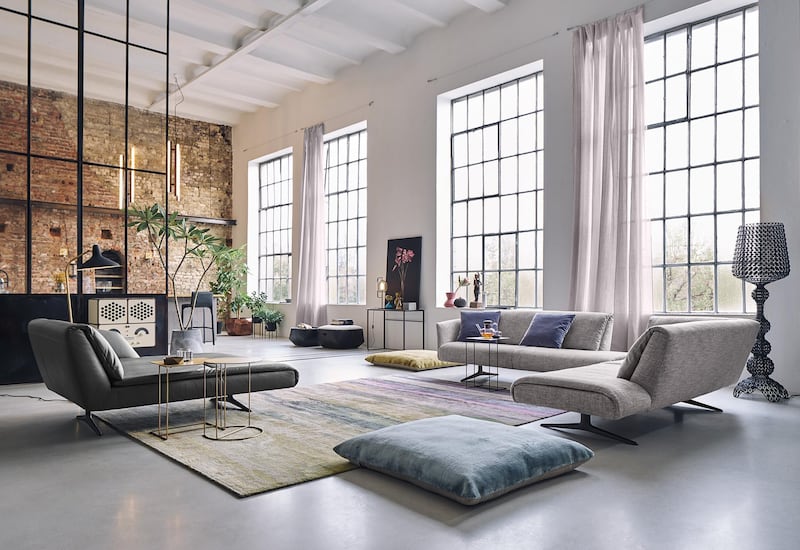Biophilia is the latest buzzword in interior design. American biologist and author Edward Wilson wrote a book about the subject in 1984, in which he defined the term as "the urge of human beings to affiliate with other forms of life", such as trees and flowers, and animals and birds. Biophilia is even older than that, with ancient Greek philosopher Aristotle referencing it in his writings.
The response biophilia elicits is something most of us will understand instinctively. It's the pleasure you feel when you walk through quiet, sun-dappled woods, or along the seashore with the wind in your face. It's the hope that surges through you when you see new shoots pushing through the soil, or spring buds swelling on the trees. It's the joy of spotting a garden bird sitting on your windowsill or getting close to a shy creature gambolling in its natural habitat.
The healing power of nature
Sadly, we have far less contact with nature today than our ancestors did. The world is becoming more urban, and we're also spending more time indoors. This has a negative impact on our health and well-being because biophilia isn't simply about a nice feeling; being close to nature has numerous benefits, such as reducing stress and anxiety. There have been many studies conducted that show hospital rooms with windows overlooking trees can speed up healing; while in rooms that house live plants, people report reduced levels of anxiety, and even record lower blood pressure.
It's little wonder that more designers are incorporating biophilic design into their work, using this powerful connection with nature to create spaces that are not only beautiful, but also healthy. In offices, this leads to improved employee well-being and productivity. And in the home, where we spend so much of our time, it can have a positive impact on every member of the family.
Bringing nature into your home
But you don't need to be an expert in biology or interior design to start putting some biophilic design principles into place. You can start small, by simply adding a few indoor plants to the rooms you use most often. Not only will they provide a visual connection to the natural world, but if you pick the right varieties they can also have benefits such as helping to purify the air around you. Look to bamboo palms, rubber plants and dracaena. Even the act of caring for your new plants and seeing them thrive will give you a boost.
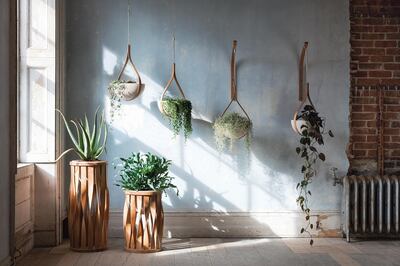
Live plants aside, using natural materials such as wood, stone and slate can also be very effective. These look great and have a tactile quality that will add to the sense of being surrounded by nature. The same goes for natural colours; choose neutral shades such as chalk, sand and dove grey, then add pops of colour, from muted sage green and lavender, to bright sunflower yellow and aquamarine. However, it's best to avoid large areas of harsh black, stark white and atypical neons.
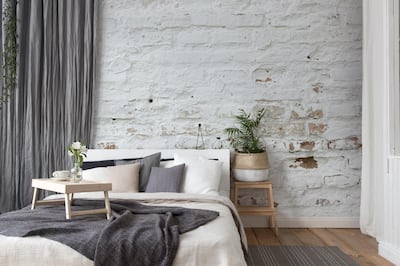
Botanicals can also be a positive addition to your home, if you choose correctly. For example, a graphic floral print in bright clashing colours won't be as effective as a more realistic leaf print in soft greens. Use such prints on walls and upholstery, as well as in artwork and accessories throughout your home.
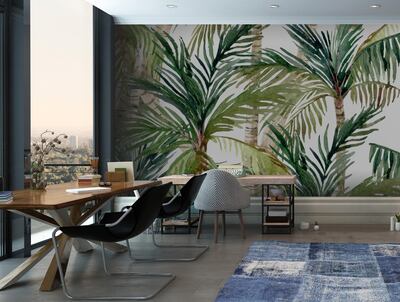
Air, light and sound
There are other more subtle ways to bring nature into your abode. Air quality is an important element when it comes to our well-being and is one of the reasons we enjoy that woodland scent or bracing sea air. At home, be sure to open your windows to let fresh air in when you can, and consider investing in a humidifier to keep the moisture content at the right level.
Light is another important element. You may not be able to do much about the size of your windows, but you can keep window dressing to a minimum. Hang blinds in such a way that they fold up either above or to the side of your windows, and hook curtains back with ties. If privacy is an issue, frosted glass will keep away prying eyes without completely blocking out natural light. Keeping your windows clear will improve your view of the outside world, which is especially important if you're looking out on to greenery. If not, a few potted plants on the windowsill can help create the impression that you're in a more rural space.
Another visual trick is to go for soft, natural lines wherever possible. Straight lines and sharp angles are less common in nature, so look to utilise curves instead, be that in the form of curved sofas, round or oval tables, or tiles with wavy patterns.
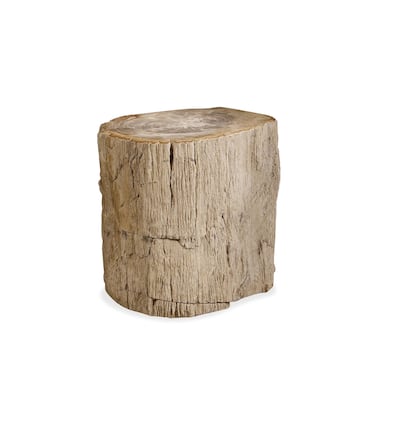
Finally, take a moment to stop and listen to all the different noises around you – cars, phones, people talking. When you're outdoors and surrounded by nature, there's normally not much more to hear than the wind, the sea or a few birds calling to each other. When you're at home, be aware of the acoustic qualities of the spaces where you spend most of your time. For example, if a hallway always echoes with footsteps, consider adding a rug to soften the sound. Also, opt for electronic products, such as kettles and washing machines, which have a quiet mode.
Nothing can truly replicate the feeling of spending time in natural spaces, but by understanding the basic principles of biophilia and applying them to our homes, we can make ourselves feel that little bit happier each day.
